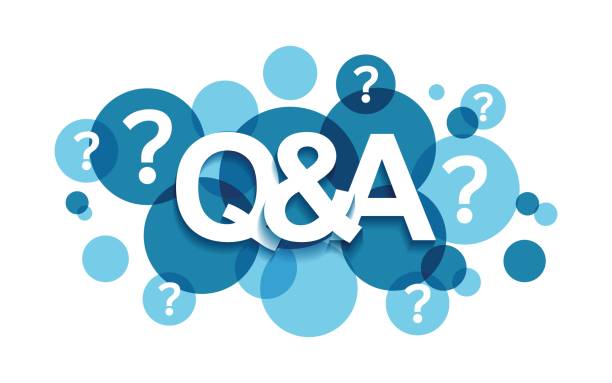Twitter Hashtags: A Guide

Hashtags play a crucial role in the way Twitter operates. They allow for keyword and topic categorization, and users can easily follow topics that interest them. These tools also enable tweets to appear quickly in Twitter searches.
In the past few years, we have seen the power hashtags to mobilize people around the globe. A simple hashtag is now a valuable asset in modern marketing campaigns. Brands who have yet to spend time and thought about hashtags, or how they will be used, will see less impressive results in their campaigns than those that do.
Many brands will create a hashtag based on their brand name, or create one for a particular campaign. The best hashtags combine the brand name and the campaign. These are memorable and link the brand to the activity.
Twitter is unique because of its real-time, fast-paced nature. It is accessible on the move, which makes it perfect for capturing events and developing stories.
Why do marketers use hashtags on social media?
Marketers use hashtags in a number of ways.
Marketing objectives
Hashtags are a great way to drive marketing goals in the following ways:
- You can increase visibility.
- They extend the life of a tweet.
- Your campaigns and promotions will be highlighted.
- You can join in a conversation.
Make yourself stand out in the crowd
You can differentiate yourself from your competitors by using hashtags that they are not using .
Follow Events
Use hashtags to keep track of events. Use hashtags for events to follow and participate in conversations about events you support or your brand is involved with.
Create a hashtag for your event. This will get people talking about the event in real-time and allow them to share their impressions and comments.
Participate in trending topics
Hashtags are also a great way to engage with popular topics. By engaging with trending hashtags, you can keep your brand top of mind and increase engagement beyond your brand-specific tweets. You’ll also be able to take part in a larger conversation that is important to most people.
Promote Thought Leadership
Use hashtags to enhance an existing conversation and add thought-leadership. Join a conversation only if it is relevant to your brand and you are confident that you will be able to add value. Users will be offended if you tweet just to tweet.
Improve discovery and visibility
Hashtags help people discover your brand. They will be able to see all of your tweets if they follow a hashtag. It increases your visibility and reach.
How can you optimize your hashtags?
When creating tweets, you must carefully choose the hashtags that you use. You can stay up to date on the latest conversations by using a well-chosen tag.
Here are seven tips to optimize your hashtags.
Do your research
What’s hot? Select what resonates with your audience. Be sure to bring something new to the trend. Don’t be seen as a person who follows a trend.
You have already completed part of the work if people use hashtags and start conversations. At this point, you must ensure that you add value to conversations when you use this hashtag.
Use hashtags only when they are relevant, for example, when they relate to news stories about tragic events. Before using a hashtag, monitor the hashtags in your community. By doing this, you can ensure that your hashtag is relevant and avoid a controversy.
Use them as a tool
Ask yourself why you are using a hashtag. Good hashtags are memorable, so your customers can easily remember them. SEO keywords are great hashtags, as they’re short and memorable. They also increase discoverability.
Give people a good reason to use your hashtag. For example, a contest or trend.
What is your desired interaction with hashtags from your followers? Tell people how to use hashtags.
Keep it simple
Avoid complex or overly clever hashtags. Avoid hashtags that are too clever or complex. Make sure your hashtags are simple to remember and easy to spell.
Integrate them into other content
Media integration is one way to ensure a hashtag will be remembered. The best hashtags integrate tightly with other marketing materials, such as TV ads, press advertisements and direct mail. Use a style guide to ensure they are consistent on all of your digital channels.
Use hashtags with your brand name
Create a hashtag that is unique to your business and make sure you monitor the hashtags in your community before using them. This will ensure they are relevant and help avoid any controversy. Make sure you capitalize your hashtags in the right places for better brand recognition and readability. Also, keep them short to make it easier to remember and to leave more room for links and commentary.
Correctly format them
Avoid using punctuation or spaces in a hashtag, as this will separate the keyword from it and prevent it from being searchable.
To improve the brand recognition and readability, capitalize the hashtag at the right places. #WarmMonday, for example, is easier to read that #warmmonday.
Use sparingly
The less hashtags you use, the better. Lots of hashtags seem commercial or disrupt the flow of standard text. Multiple hashtags can also take up space, making your post look spammy.
In general, you should use up to two hashtags per tweet.
Conclusion
If used correctly, hashtags will at least make sharing and finding your content easier. They can help you build your brand and increase your followers. This list contains 8 useful tools to help you find the hashtags that are right for you.
Enroll in a social media marketing course and learn more about the power of Twitter and Facebook.





